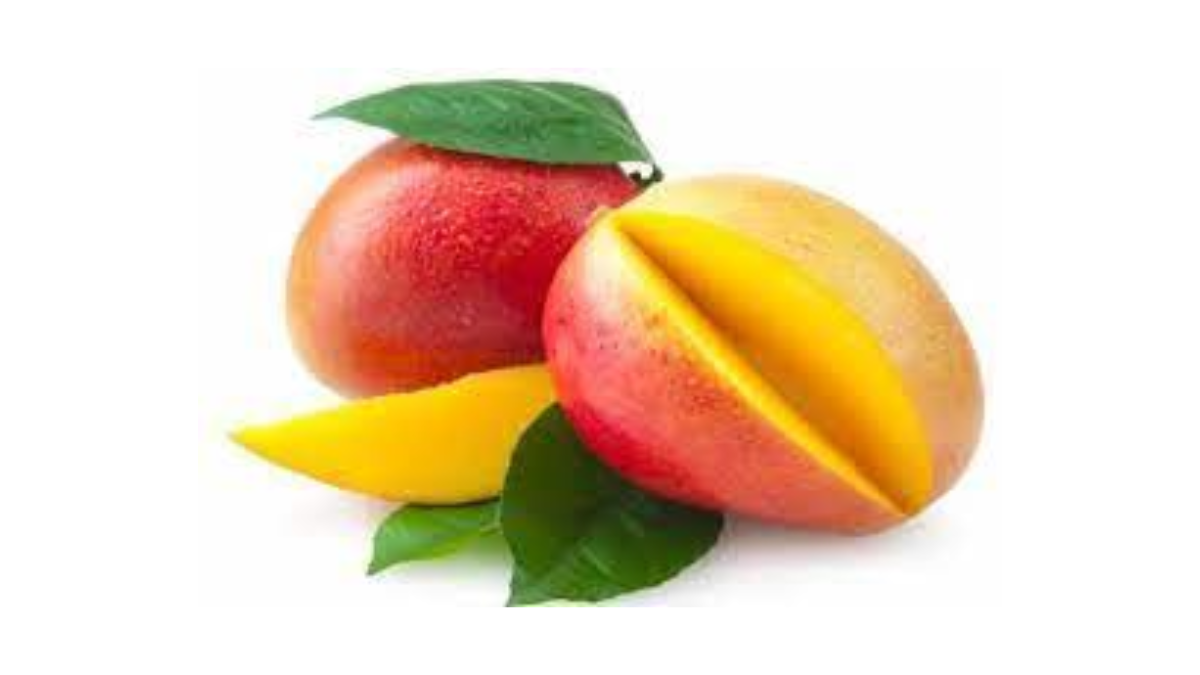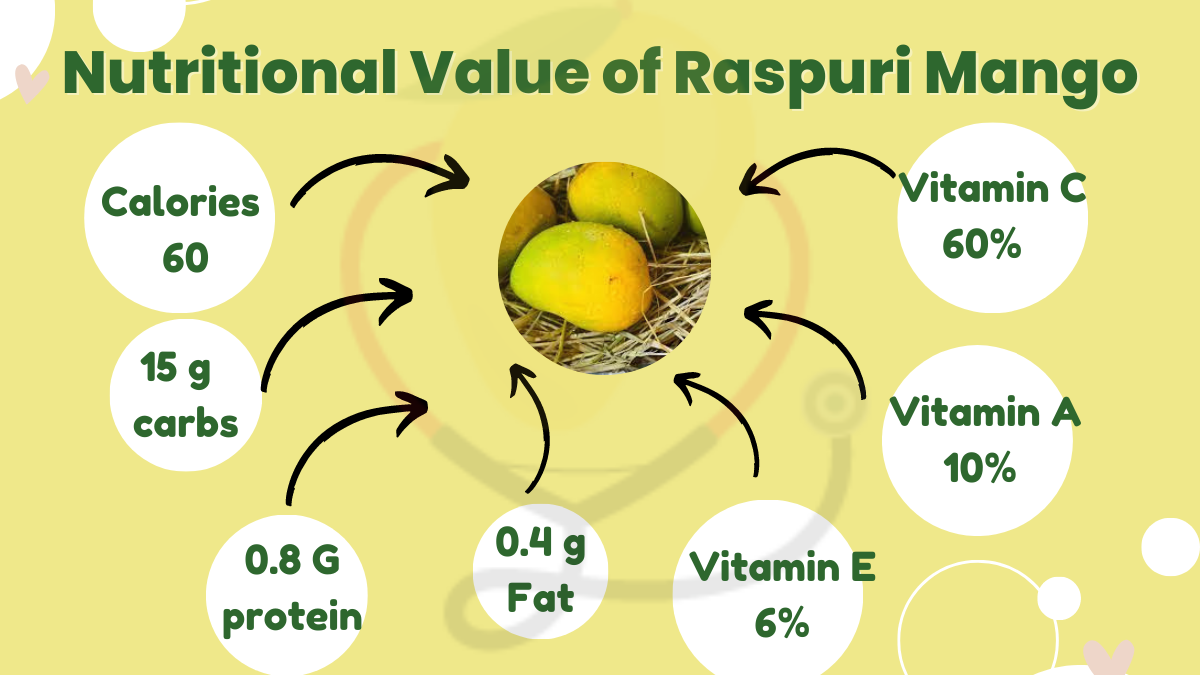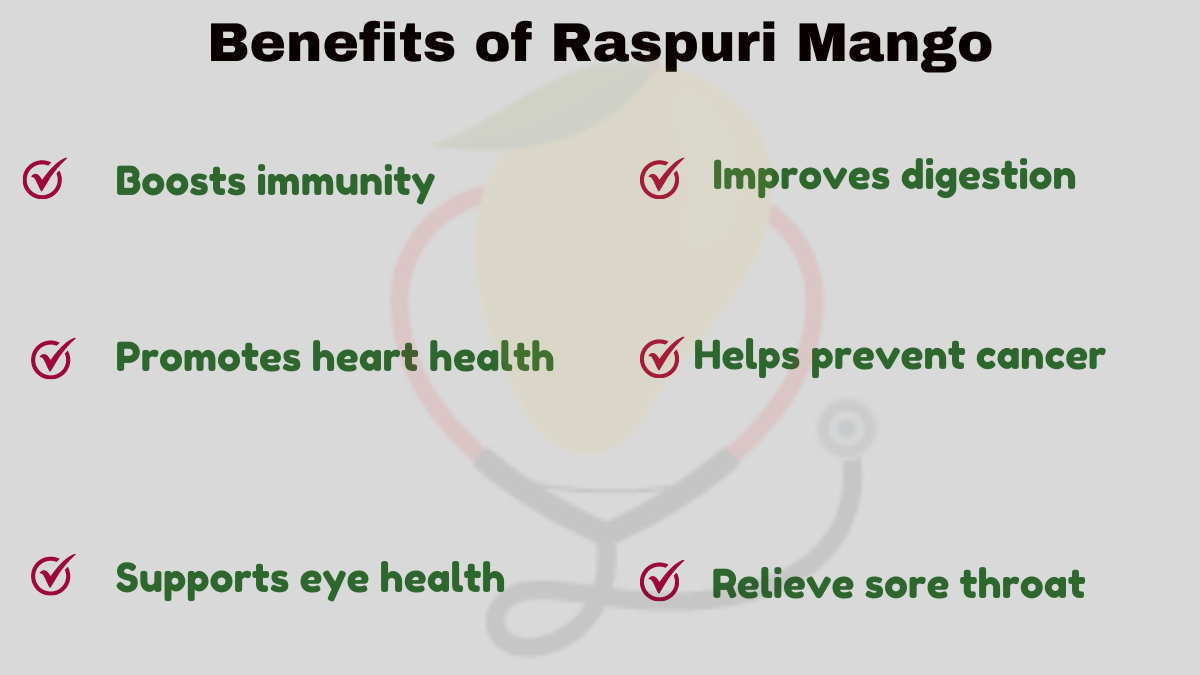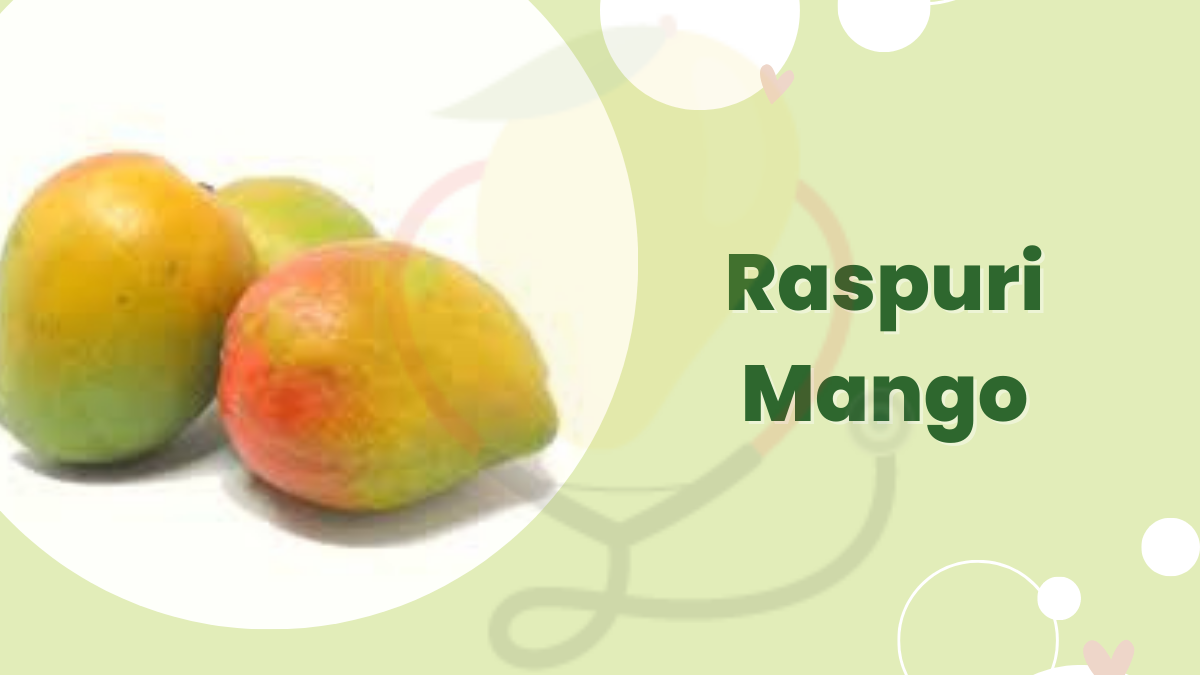Raspuri mango is a popular mango variety that is primarily grown in Karnataka, a state in southern India. This juicy fruit has a unique aroma, smooth texture, and a sweet taste that makes it a favorite among mango lovers all over the world. [1]
In this article, we will explore the history, cultivation, and benefits of Raspuri mangoes.

History of Raspuri Mango
Raspuri mango is believed to have originated in Karnataka, India. It is named after the village named Raspuri located in the Kolar district of Karnataka.
The cultivation of Raspuri mangoes began in the 18th century and soon spread to other regions of the country. Today, it is widely grown in the states of Karnataka, Tamil Nadu, and Andhra Pradesh.
Cultivation of Raspuri Mango
Raspuri mangoes are usually cultivated in the tropical and subtropical regions of India. The ideal climate for the cultivation of Raspuri mangoes is a temperature of 25-30 degrees Celsius and an annual rainfall of 75-375 cm.
The fruit trees bloom in November and the fruit matures from April to June. The tree requires well-drained soil with a pH level of 5.5 to 7.5.
Physical Characteristics of Raspuri Mango
Here are the physical characteristics of Raspuri mango:
Shape: Raspuri mangoes are oval or oblong in shape.
Size: They are medium-sized mangoes, usually ranging from 250-350 grams.
Skin: The skin of Raspuri mangoes is thin and smooth, with a bright yellow or orange-red color when ripe.
Flesh: The flesh is juicy and fiber less, with a vibrant yellow color.
Seed: The seed of Raspuri mangoes is medium-sized and oval-shaped, with a fibrous texture.
Aroma: Raspuri mangoes have a sweet and aromatic fragrance when ripe.
Nutritional Value of Raspuri Mango
Raspuri mango is a nutrient-dense fruit that is low in calories and high in vitamins and minerals. Here is the approximate nutritional value of Raspuri mango based on a 100-gram serving: [2]

- Calories: 60
- Carbohydrates: 15g
- Fiber: 1.6g
- Protein: 0.8g
- Fat: 0.4g
- Vitamin C: 60% of the Daily Value (DV)
- Vitamin A: 10% of the DV
- Vitamin E: 6% of the DV
- Potassium: 4% of the DV
- Magnesium: 2% of the DV
Health Benefits of Raspuri Mango
Raspuri mango is not only delicious but also packed with nutrients that can provide various health benefits. Here are some of the health benefits of Raspuri mango.

1: Boosts immunity
Raspuri mangoes are rich in vitamin C, which is a powerful antioxidant that can boost the immune system and help fight off infections and diseases. [3]
2: Improves digestion
Raspuri mangoes are a good source of dietary fiber, which can aid digestion, prevent constipation, and improve gut health. [4]
3: Promotes heart health
Raspuri mangoes are low in fat and sodium and high in potassium, which can help regulate blood pressure and reduce the risk of heart disease. [5]
4: Helps prevent cancer
Raspuri mangoes contain antioxidants such as carotenoids, polyphenols, and vitamin C, which can help protect cells from damage and prevent the formation of cancerous cells. [6]
5: Supports eye health
Raspuri mangoes are a good source of vitamin A, [7] which is essential for eye health and can help prevent age-related macular degeneration and other eye diseases.
Culinary Uses of Raspuri Mango
Raspuri mango is a popular fruit not only for its delicious taste but also for its versatility in culinary applications. Here are some of the most common culinary uses of Raspuri mango.
Eating fresh: Raspuri mangoes are most commonly eaten fresh, either on their own or as part of a fruit salad. They are enjoyed for their sweet, juicy flesh and refreshing flavor.
Juicing: Raspuri mangoes make a delicious and nutritious addition to fresh juices and smoothies. Simply blend the mango flesh with other fruits, vegetables, or yogurt to create a flavorful and healthy drink.
Desserts: Raspuri mangoes are a popular ingredient in many desserts, including ice cream, sorbet, pudding, and cake. They can be used in their fresh form or as a puree to add a natural sweetness and tropical flavor.
Chutneys: In Indian cuisine, Raspuri mangoes are often used to make chutneys, which are spicy and tangy condiments that are served with various dishes.
Pickling: Raspuri mangoes can be pickled in vinegar or brine to create a tangy and flavorful condiment that can be enjoyed with rice, bread, or as a snack.
Sauces: Raspuri mangoes can be pureed and used as a base for sauces that are served with savory dishes such as grilled chicken, fish, or vegetables.
Popular Raspuri Mango Recipes
Here are some popular recipes that can be made with Raspuri mango.
Seasonal Availability of Raspuri Mangoes
Raspuri mangoes are available in India from April to June. They are not usually exported, so they may be difficult to find outside of India.
Raspuri mango is a delicious and nutritious fruit that is loved by people all over the world. Its unique aroma, smooth texture, and sweet flavor make it a popular ingredient in various culinary preparations. With its numerous health benefits and culinary uses, Raspuri mango is truly the king of fruits.
FAQs
How many calories are in a Raspuri mango?
One cup of sliced Raspuri mango contains approximately 107 calories.
What are the health benefits of Raspuri mangoes?
Raspuri mangoes are rich in vitamin C, dietary fiber, and antioxidants, which can help boost immunity, aid digestion, and prevent chronic diseases such as cancer and heart disease.
How can I tell if a Raspuri mango is ripe?
A ripe Raspuri mango should be slightly soft to the touch and have a sweet aroma. The skin may also have some wrinkles or black spots.
Can I freeze Raspuri mangoes?
Yes, you can freeze peeled and diced Raspuri mangoes in an airtight container for up to six months.
Where can I find Raspuri mangoes outside of India?
Raspuri mangoes are not commonly exported, so they may be difficult to find outside of India. However, some specialty grocery stores or online retailers may carry them during the mango season.

